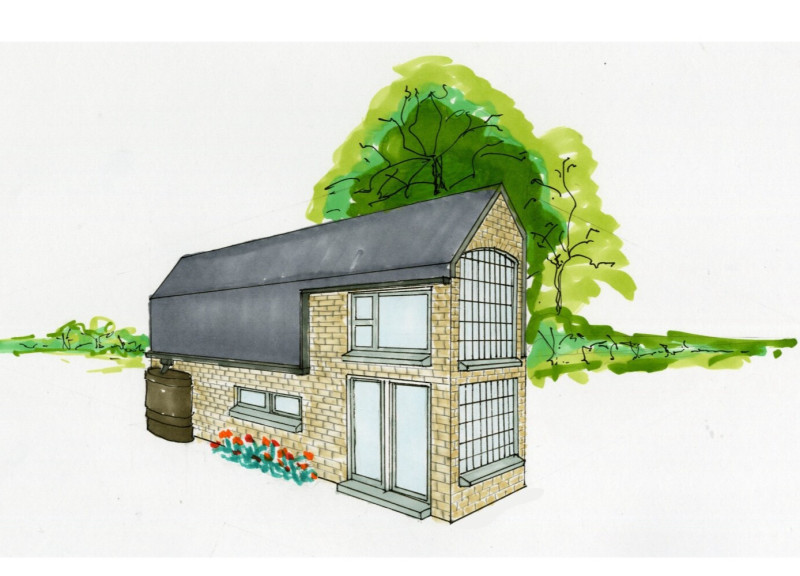5 key facts about this project
The primary function of the project is to serve as [insert specific function, e.g., a community center, educational facility, residential complex], tailored to meet the needs of its users. This multifaceted structure not only addresses the practical requirements of its designated use but also enhances the social fabric of the area by fostering interaction among occupants and encouraging inclusivity. The layout of the building is strategically organized to maximize accessibility and usability. Open communal spaces invite gatherings, while private areas offer refuge and comfort, ensuring a full spectrum of experiences for all users.
At the core of the design is a commitment to sustainability, reflecting a growing trend in architecture that prioritizes ecological sensitivity. The materials employed are carefully selected for their environmental performance as well as their aesthetic qualities. A juxtaposition of natural and industrial materials creates a tactile and visually appealing environment. Wood, metal, and glass are harmoniously integrated, providing durability while resonating with the surrounding landscape. These materials contribute to the overall energy efficiency of the building, with features designed to harness natural light and optimize ventilation, reducing reliance on artificial systems.
In addition to practical considerations, the uniqueness of this project lies in its innovative design approaches. The architects have employed [specific architectural strategies, e.g., passive solar design, rainwater harvesting], which not only enhance sustainability but also promote a connection between the building and its environment. The seamless transition between indoor and outdoor spaces is a defining characteristic, allowing for an immersive experience where users can appreciate nature while enjoying the comforts of modern architecture. The incorporation of green roofing and native plant landscaping further reinforces the commitment to ecological principles, creating habitats for local wildlife while providing aesthetic green views from both inside and outside.
Distinctive architectural details throughout the project reinforce the overall design narrative. Thoughtfully designed facades exhibit a rhythm that echoes the surrounding urban context, allowing the building to stand out without dominating its environment. The careful arrangement of windows creates dynamic light patterns within the interior, altering the ambiance throughout the day and reinforcing the building's relationship with the changing light conditions outside.
Moreover, the internal organization of the project benefits from a clear circulation strategy. Pathways are intuitively designed to guide users through the space, enhancing their experience and ensuring ease of movement. The thoughtful incorporation of natural materials and finishes contributes to a warm atmosphere, encouraging a sense of belonging and comfort.
In summary, this architectural project is an exemplar of modern design that successfully intertwines aesthetics and functionality with sustainable practices. Its design principles reflect a holistic understanding of user needs and environmental conditions, fostering a sense of community and connection to place. For those interested in delving deeper into this architectural endeavor, exploring the architectural plans, sections, and designs will reveal the intricate details and innovative ideas that shape this thoughtful project, providing further insights into its conception and realization.

























